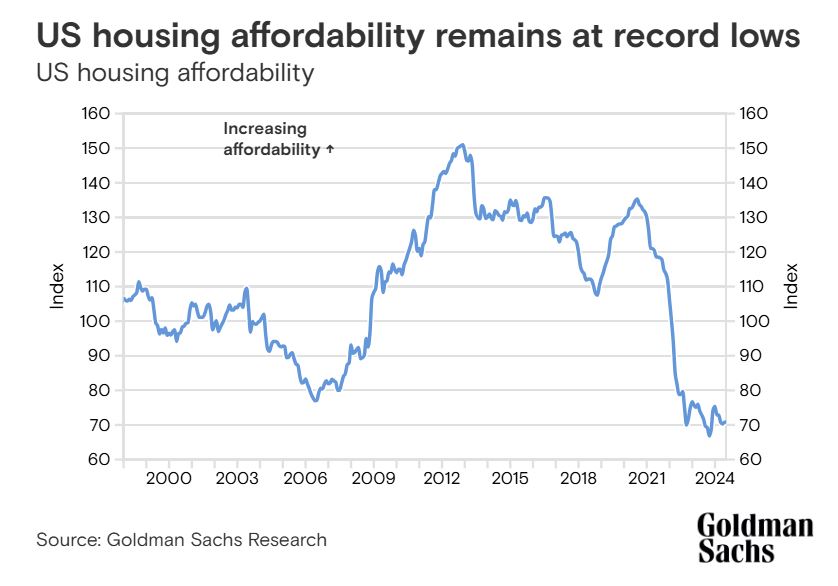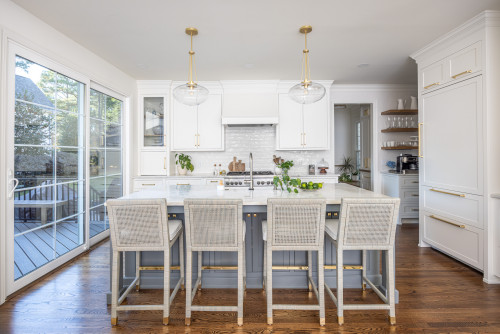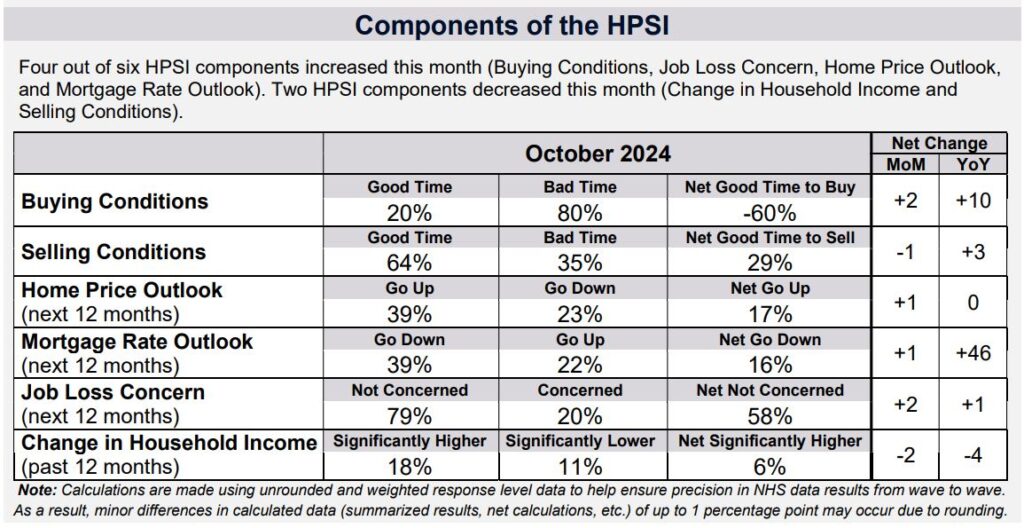Last updated on November 8, 2024 In the latest Cost vs. Value, the average mid-range bathroom remodel costs just over $24,000, while a larger-scale remodel costs more than $72,000. Whether you're looking to simply make some cosmetic changes to your current space or tear your current bathroom to the ground, here's what's hot in the world of bathroom design. Seventy-nine percent of homeowners choose to maintain existing space when renovating their bathroom. Those who choose to expand their space do so by removing square footage from a closet or building an addition. More than 55% of all renovated bathrooms are a modest size of less than 100 square feet. As the average price of renovating a bathroom continues to rise, more and more homeowners are deciding to cut costs in an effort to save budget. Interestingly, in previous years, increasing the size of the shower was a major trend, but in 2024, we will see that trend begin to decrease and less people choose to expand the shower space. Wet rooms Wet rooms are gaining popularity year on year, with 13% of homeowners renovating their bathrooms choosing to add this feature. Not only is this a better use of space, but it is also great for residents aging in place, as these wet rooms are curbless entrances. Freestanding bathtubs The oversized garden tubs that graced new construction in the '90s are slowly being retired and replaced with sleek freestanding tubs. Thirty-seven percent of homeowners renovating their bathroom choose these space-saving tub styles, with the majority opting for a flat-bottom acrylic tub. Classic finishes While bold colors like green are trending, white has always been and continues to be the favorite color when it comes to vanities, countertops and tiles. Considering that white finishes have dominated the bathroom design world for decades, designing a bathroom using primarily white finishes will never go out of style. You can inject personality with easily changeable wall colors, greenery, and even artwork. Tile floors Tiles, tiles and more tiles! The vast majority of those who renovate their bathroom opt for tile floors and shower walls. The art of mixing metals in home design is not just for the kitchen, as this idea has slowly made its way to the bathroom as well. With interior designers leading the trend for this eclectic approach, more and more homeowners are opting for a more curated look and looking to achieve this by mixing metals. The key to achieving this look is to keep plumbing fixtures in the same metal family and then have fun with light fixtures, cabinet pulls, and other accessories. Showers without curb As more and more homeowners want to age in place, master bathrooms are being renovated with that in mind. Curbless showers are trendy and exceptionally functional, bridging the gap between accessibility and perfect design. Interested in seeing other trending home design ideas? Verify the latest trends in home improvement ROI. Transitional style is still king With 23% of homeowners choosing this aesthetic, transitional style is the most popular bathroom renovation style, ahead of contemporary (16%), modern (15%), traditional (11%), farmhouse style ( 5%) and eclectic (5%). ). Wooden dressing tables are now the most popular. White aside, wooden vanities are now the most popular choice for those renovating their bathrooms, with 26% opting for this style, followed by white (22%), gray (11%), blue (11%). ) and the whitish. (10%). However, white remains the most popular choice for vanities and shower walls. ________________________ Allen Tate is the largest real estate company in the Carolinas with more than 70 offices and 1,800 real estate agents in the Charlotte, Triad, Triangle, High Country, Upstate SC, Highlands/Cashiers and Asheville/Mountain regions. Allen Tate is a partner at Howard Hanna Real Estate, the largest private real estate brokerage in the U.S., with 500 real estate, mortgage, insurance, title and escrow services offices and 15,000 sales associates and staff. in 13 states. For more information, visit www.allentate.com and www.howardhanna.com. Visited 227 times, 3 visit(s) today











